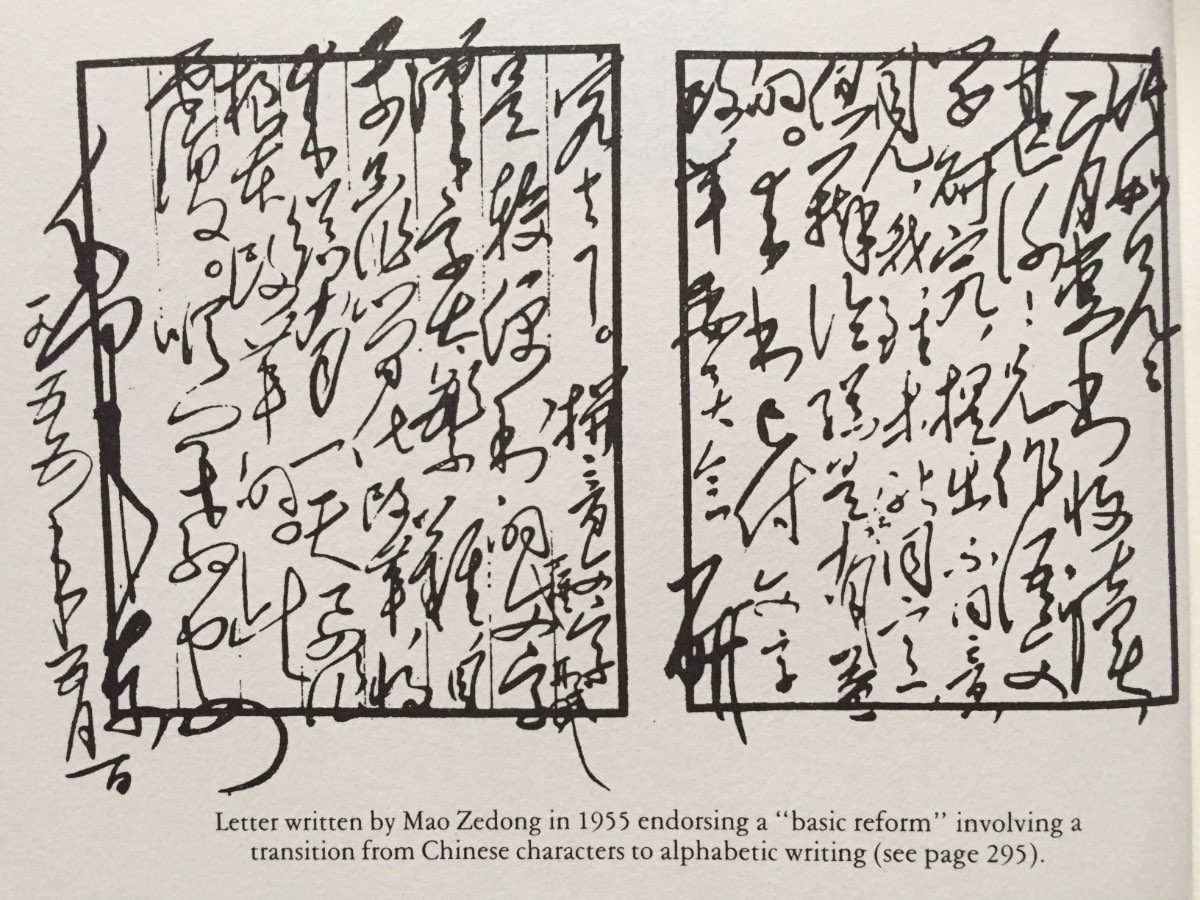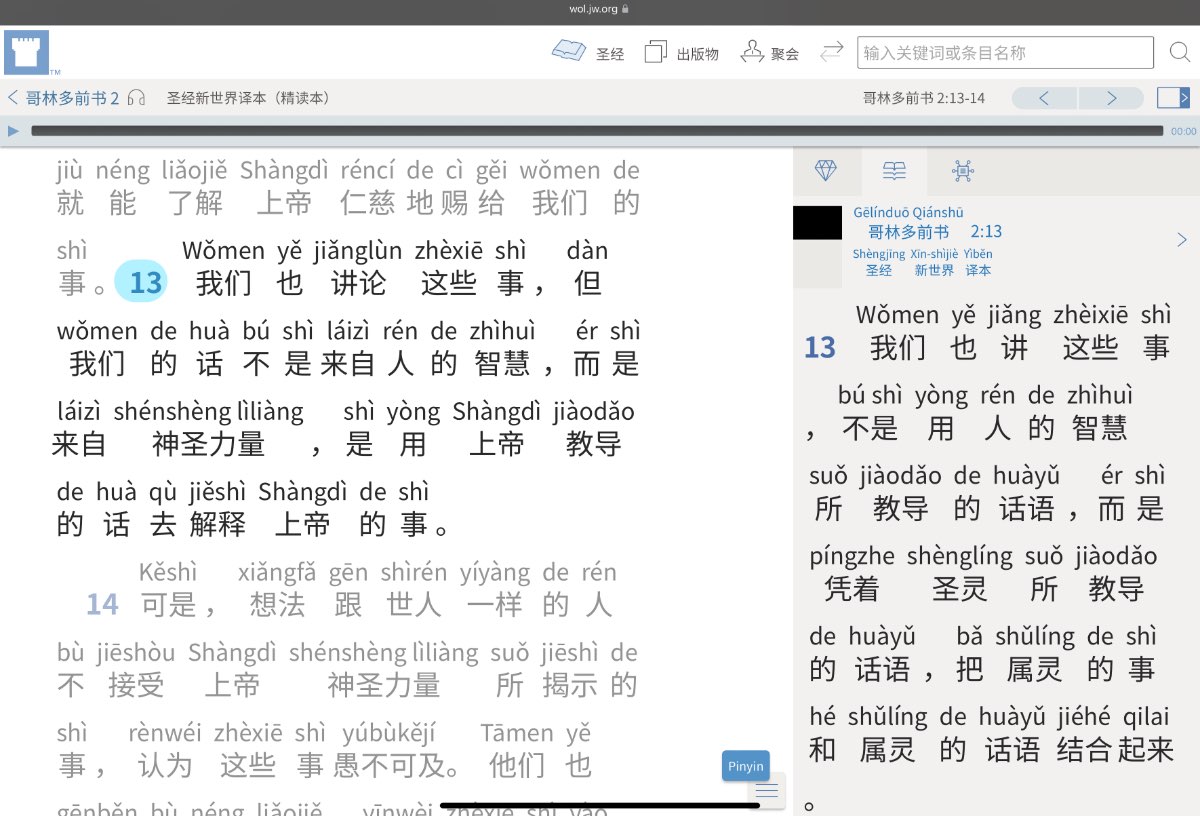dài
({take the place of}; replace; subsitute | replacing; substituting → [acting; substitute | generation [→ [period; era; age]]]
代)
← Tap/click to show/hide the “flashcard”
This week’s MEotW, “dài
({take the place of}; replace; subsitute | replacing; substituting → [acting; substitute | generation [→ [period; era; age]]]
代)”, basically literally means “take the place of” or “replace”. Why, then, is it used to mean “generation”? This tweet briefly explains:
Yes, the Chinese concept of a “generation” is that it is something that takes the place of or replaces what was there before—the emphasis seems to be on continuation, and a new generation is viewed as having done well if it lived up to or maintained what came before it. In contrast, in the English-speaking world, a “generation” is something new that is generated—the emphasis seems to be more on innovation, progress, and a new generation is viewed as having done well if it improved upon what came before it, and moved things ahead. For example, the English expression “next generation” indeed implies innovation and progress compared to previous generations, such as when applied to vehicles, computers, and other technology.
The Case of Star Trek: The Next Generation
Fans of Star Trek also generally naturally accept that of course in many aspects the world of Star Trek: The Next Generation is more advanced than the world of Star Trek: The Original Series—the ships are faster and more powerful, the special effects are better, etc. (Note that Star Trek: The Original Series was just called Star Trek when it first came out. “Star Trek: The Original Series” is a retronym that was applied to the show after other shows based on it began to appear.)
However, some Star Trek fans prefer Star Trek: The Original Series to Star Trek: The Next Generation, and do not view Star Trek: The Next Generation as better in every way compared to the original show. For example, many fans view original series characters like Captain Kirk, Mr. Spock, and Dr. McCoy as their favourite characters in all the Star Trek shows. Indeed, some would say Mr. Spock is the most iconic Star Trek character of them all.
By the way, the Mandarin translation of “Star Trek: The Next Generation” in mainland China is apparently “Xīngjì Lǚxíng: Xià-Yí-Dài
((Xīng·jì
Stars · {Boundaries → [Among]} → [Interstellar]
星际
星際)
(Lǚ·xíng
Travelling · Going → [Journeying]
旅行):
(Xià
Below → [Next]
下)-(Yí
One
一)-(Dài
Replacing → [Generation]
代)
→ [Star Trek: The Next Generation (mainland China translation)])”, according to the mainland Chinese version of Wikipedia. In contrast, “Star Trek: The Next Generation” is apparently called “Yín Hé Fēilóng
(((Yín
Silver
银
銀)
(Hé
River
河)
→ [Milky Way])
(Fēi·lóng
Flying · Dragon [→ [Pterosaur]]
飞龙
飛龍)
→ [Star Trek: The Next Generation (Taiwan translation)])” (obviously not a literal translation) in Taiwan. While Wikipedia is of course not always right, in this case I have not been able to find any better source.
However, in an article on the official Star Trek website, I did find out about a big (literally) Chinese connection to Star Trek:
The building, according to Mashable.com, is the headquarters of NetDragon Websoft, a Chinese gaming and mobile Internet company. And the site notes, “Company Chairman Liu DeJian is reportedly an uberTrekkie, licensing from CBS the rights to build an Enterprise replica. Construction began in 2008 and was finished in 2014; the project cost $160 million total. The building is the only officially licensed Star Trek building on the planet.”
The Case of Pīnyīn
(Pīn·yīn
{Piecing Together} · Sounds → [Pinyin]
拼音)
Speaking of generations of technology, and of replacings, it’s good for us Mandarin field language learners to remember that writing systems are technologies, and technologies are known to sometimes get replaced by newer generations of technologies. Also, with regard to Pīnyīn
(Pīn·yīn
{Piecing Together} · Sounds → [Pinyin]
拼音) specifically, the original plan for modern-day China was for Pīnyīn
(Pīn·yīn
{Piecing Together} · Sounds → [Pinyin]
拼音) to one day replace Chinese characters. As the article “Pīnyīn
(Pīn·yīn
{Piecing Together} · Sounds → [Pinyin]
拼音) Was Plan A” says:
Pīnyīn was actually Plan A for modern-day China, but Plan A has not been fully followed through on, largely because of old-fashioned selfish pride, nationalism/“culturalism”, and traditionalism, with some intellectual self-indulgence thrown in there for good measure. As Jehovah’s people, we have been trained to recognize that these are very bad reasons for doing something, or for not doing something.

(The above picture is from the book The Chinese Language: Fact and Fantasy, by John DeFrancis.)
Nostalgia, Progress, and Generations
While humans of different cultures and generations disagree as to whether new generations are necessarily better, whether in technology, Star Trek, writing systems, or life in general, God’s Word helps us to understand his view of passing generations of humans and human activity.
Here are a few scriptures that come to mind in that regard:
A generation is going, and a generation is coming,
But the earth remains forever.
—Ecclesiastes 1:4
Do not say, “Why were the former days better than these?” for it is not out of wisdom that you ask this.
—Ecclesiastes 7:10
Jesus said to him: “No man who has put his hand to a plow and looks at the things behind is well-suited for the Kingdom of God.”
—Luke 9:62
Brothers, I do not yet consider myself as having taken hold of it; but one thing is certain: Forgetting the things behind and stretching forward to the things ahead,
—Philippians 3:13
“In the days of those kings the God of heaven will set up a kingdom that will never be destroyed. And this kingdom will not be passed on to any other people. It will crush and put an end to all these kingdoms, and it alone will stand forever,
—Daniel 2:44
Furthermore, the world is passing away and so is its desire, but the one who does the will of God remains forever.
—1 John 2:17


